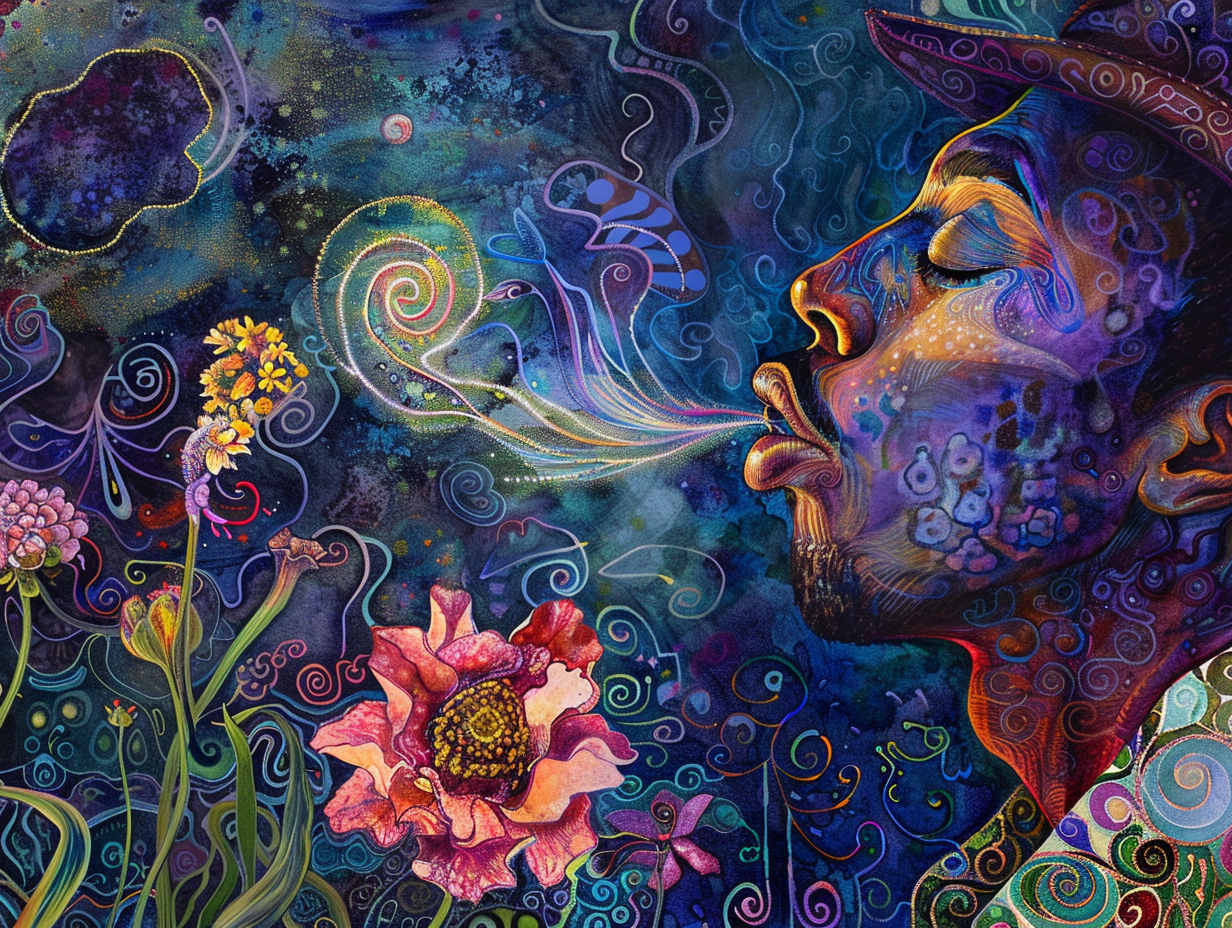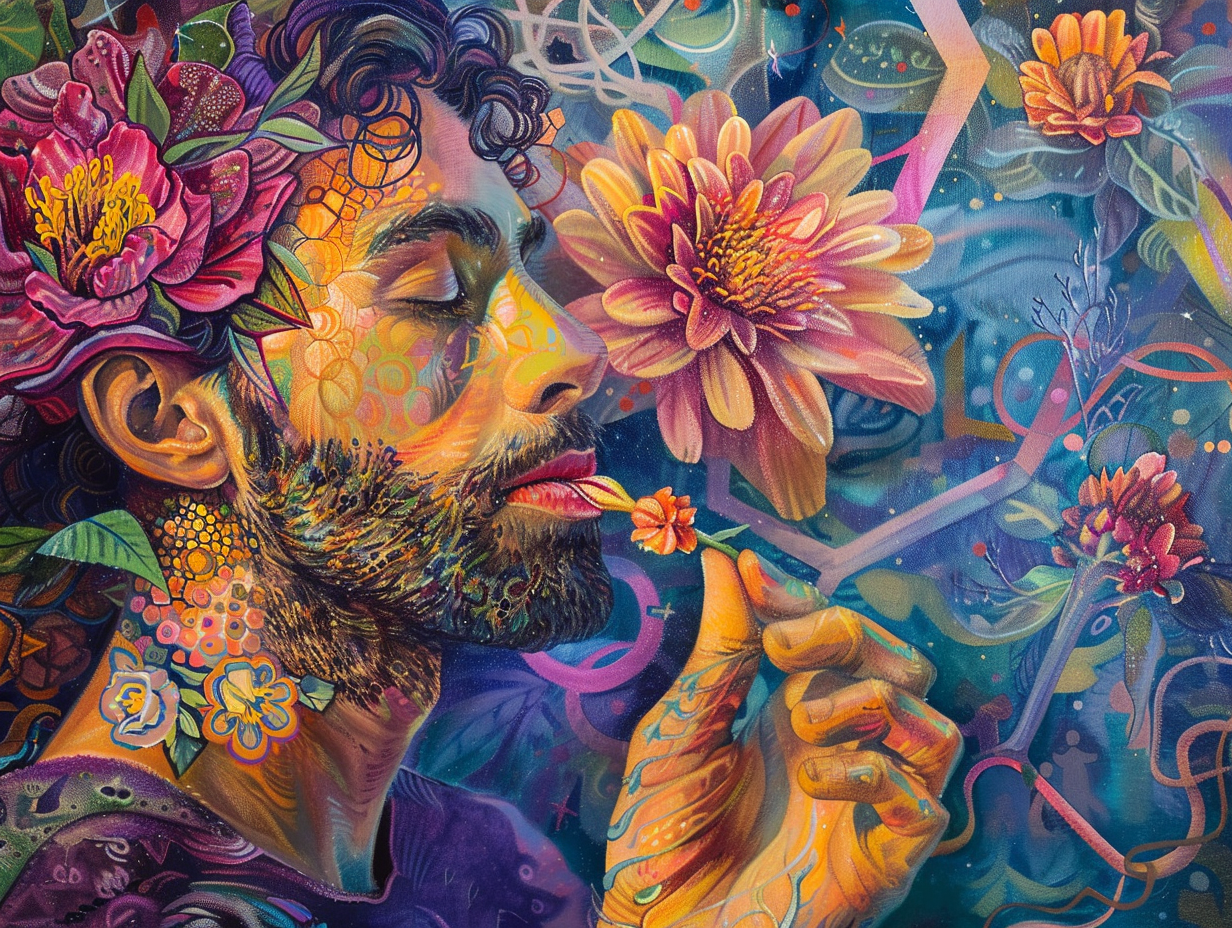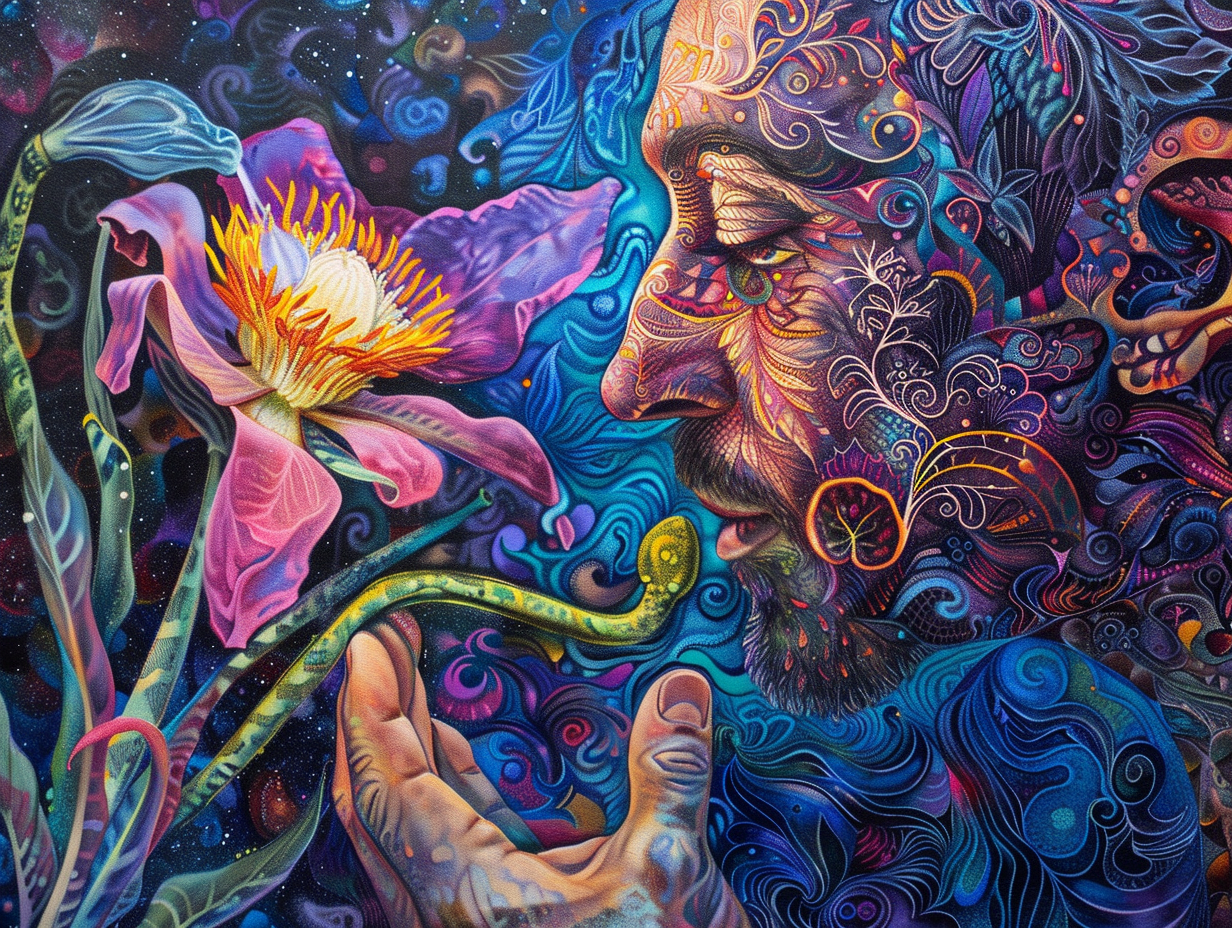The Power of Emotions: Why Being in Touch with Them Matters

Your Emotions Matter More Than You Think
You’re in a conversation, and suddenly frustration flares up—before you even understand why. That’s emotion in action. Emotions aren’t just background noise; they’re critical signals. They influence how we make decisions, relate to others, and experience the world. Engaging with them isn’t optional—it’s essential for living with clarity and integrity.
The Science Behind Emotions
Your brain picks up emotional cues before you’re even aware of them. The amygdala—your brain’s threat detector—activates in milliseconds, preparing you to respond. Only afterward does your prefrontal cortex weigh in to help you respond thoughtfully rather than reactively.
When emotions are pushed down or ignored, the nervous system can become dysregulated. Chronic suppression increases stress, impairs immune function, and amplifies emotional reactivity. Emotions also have physical signatures. Aalto University in Finland produced heat maps showing how different emotions activate specific parts of the body. Anger lights up the chest and arms, while sadness lowers energy across the entire body.
Fear might feel like a tight band around your chest. Love, like warmth spreading through your torso. Anxiety, like a knot twisting in your stomach. These bodily patterns aren’t poetic metaphors—they’re neurologically consistent reactions, rooted in real physiology.
How Emotions Shape Decisions
People often assume that good decisions are purely rational. But studies show emotions play a central role in decision-making. They serve as internal alerts, shaping our perception of risk and reward. Research by psychologist Jennifer Lerner demonstrates how different emotions bias judgment—fear can inflate risk perception, while anger often drives people toward bolder, even reckless choices.
Being able to name and notice your emotional state gives you an edge. You can recognize when your mood is coloring your view—and make more grounded choices.
Emotions and Our Relationship with Ourselves
Avoiding emotions doesn’t make life smoother—it makes it harder to navigate. Tuning in helps us understand what’s happening beneath the surface. Feeling uneasy? Your body may be picking up on something that needs attention. Feeling anxious? A boundary may have been crossed. Emotions don’t always arrive with clarity, but they often carry useful information.
When we stay connected to our emotional states, we begin to build a more coherent sense of self. We gain language for our needs, clarity about our limits, and access to a deeper kind of honesty.
Emotions in Relationships
The more fluent we become in identifying emotions, the better we communicate. High emotional intelligence is strongly linked to better conflict resolution, deeper empathy, and more trusting relationships. Research into “kama muta”—the feeling of being moved by connection—shows how even subtle emotions create closeness.
Naming what we feel gives others something solid to relate to. It strengthens trust and reduces the chance of misreading or defensiveness. It’s not about emotional performance—it’s about showing up with presence.
Why It All Matters
Emotions shape how we perceive and act. Ignoring them limits our understanding of ourselves and others. But learning to feel—without immediately judging or fixing—can shift everything.
Try this: pause the next time you feel something stir. Where do you feel it in your body? Is it tight, warm, still, shaky? Let the sensation be there for a few breaths. Don’t analyze it. Just notice.
This kind of attention builds emotional agility. It trains your system to process rather than suppress. And over time, it sharpens your intuition, deepens your relationships, and strengthens your capacity to respond rather than react.
You don’t need to decode every feeling. But you do need to listen. That listening is the foundation for resilience, clarity, and meaningful connection.
Related Resources
Explore insights and practical guidance for your personal journey.




